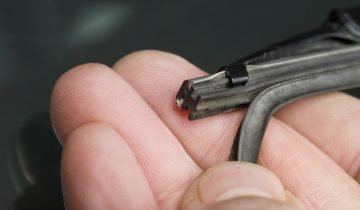We know wiper edges higher than anyone else. With over ten years of wiper expertise, we’ve seen it all, and there are five major signs of wiper wear. These embody streaking, smearing, lost space, squeaking, and juddering.
The wiper blade area unit is the most unmarked item on cars nowadays. Poor visibility doesn’t simply make driving in the rain unpleasant and extra effortful, but failing to envision a hazard quickly slows your time interval. This could add many automotive lengths to your stopping distance and build the distinction between avoiding a collision and not.
From clearing your screen of dirt, dust, and rubbish to keeping it free from rain, snow, and sleet, you depend on your screen wipers on a daily basis. If your wipers aren’t operating properly, it’s over-associate degree annoyance: it will quickly become a security issue. Having a transparent screen is paramount to safe driving—if you can’t see through your screen, you aren’t ready to react to oncoming traffic or hazards.
If the performance of your wipers has deteriorated or if they need to stop operating altogether, it’s seemingly because of one of the five following problems. If you’re experiencing any of those issues, don’t hesitate to form an arrangement with your mechanic. You don’t want to be caught in a severe storm without your wipers.
The main reason for these issues is the result of aged rubber blades. In the Australian climate, robust actinic radiation will speed the aging method of the rubber on your wipers, and once the wiper blade rubber is aged, it becomes hardened, cracked, split, shrunk, etc. While not having a sleek surface and straight blade, these common issues can occur, and also the following symptoms become noticeable.
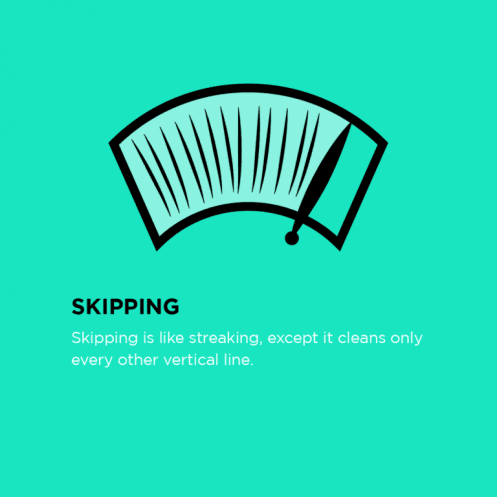
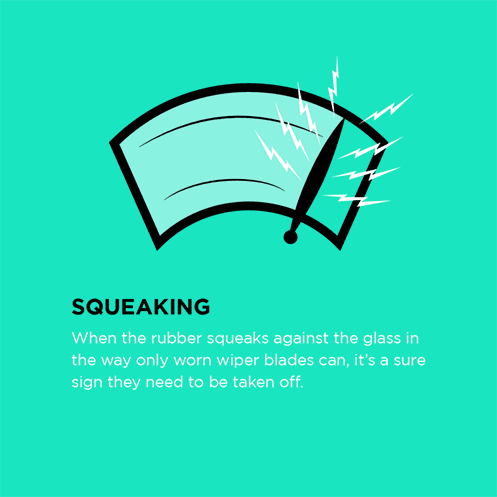
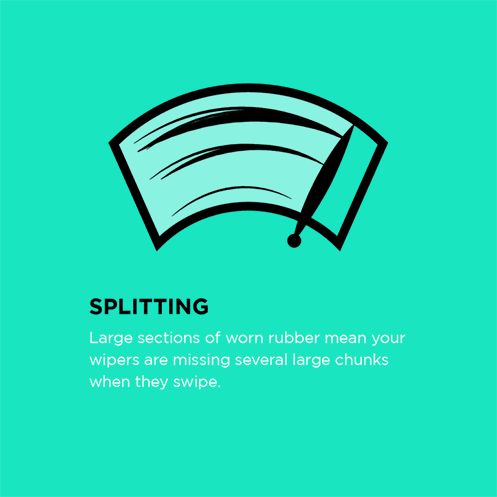
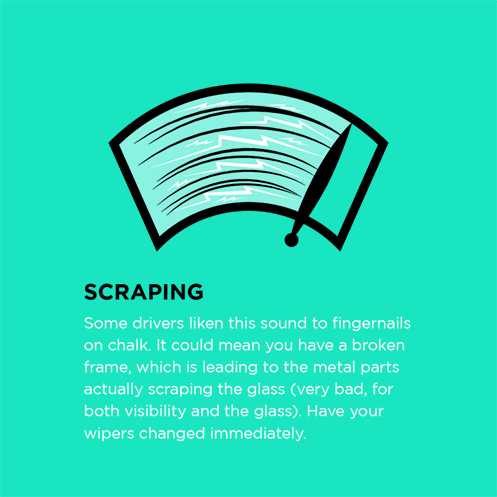

SMEARING
When the wiper rubber blade edge is no longer sharp but rounded in form or look, the wiper can smear the water across the screen rather than wiping it off. This causes clouds and impaired visibility.
STREAKING
When the wiper is aged, it becomes hardened and cracked because of exposure to daylight, tree sap, and road tar, or from bearing with automotive chemicals like oil, brake fluid, coolant, and road grit. These problems cause bands of water to stay on the screen with every wiping stroke.
SQUEAKING
The surface of the aged wiper rubber blade doesn’t move quietly across the screen because of the higher friction once the rubber is wiping over the screen glass. Additionally, it’s also necessary to make sure there’s no wax coating on your screen; otherwise, it’ll also cause this issue.
JUDDERING
When the wiper rubber blade has been exposed to extreme hot or cold temperatures, or for extended periods of time remaining unused, it will cause the blades to exhibit chatter. This is often a result of the blades skipping and vibrating over the screen. A stormy wiping action is created throughout the wiper movement on-screen glass.
Missed Areas
Missed sections of the screen glass may become aged as a result of injury to the rubber blades.
Motorists seldom check screen wipers, and as motorists steel themselves against their cars for the holidays, now’s the right time to spice up wiper sales.
Worn wipers produce uneven wipes, which can lead to poor visibility.
Ninety percent of all driving decisions made within area units were influenced by visual cues, emphasizing the importance of having sensible and cost-effective leaf blades.
Always clean your screen and wiper edges. A number of these problems are typically resolved by regular maintenance, and failing that, you’ll want new wiper blades. Choose your vehicle below to get started.
